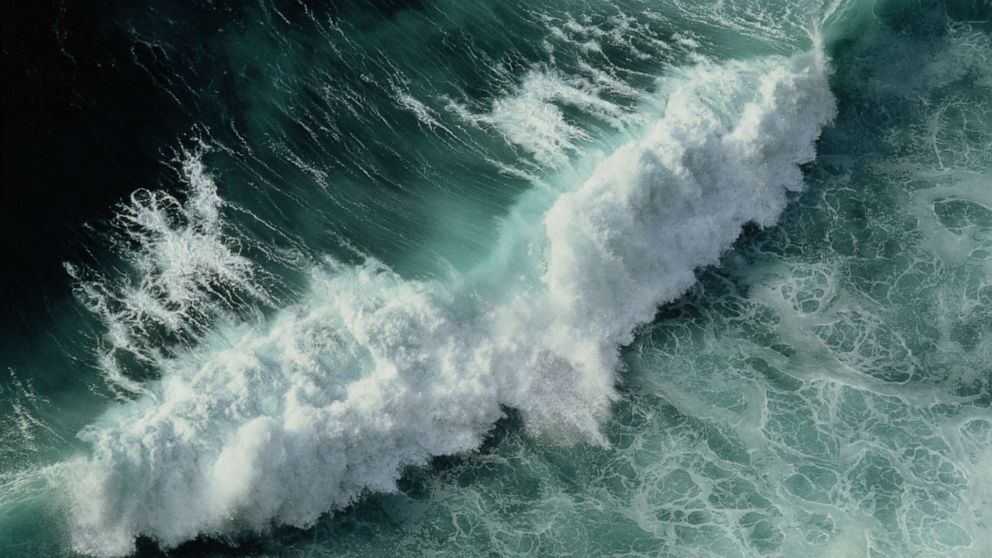World Oceans Day 2022: How climate change and warming waters are affecting the health of the oceans
Oceans do so much to sustain life on Earth, including bearing the brunt of global temperatures that have been steadily warming for decades.
An IPCC special report published in 2019 found that oceans -- which make up more than 70% of the world's surface -- have absorbed between 20% and 30% of human-made carbon dioxide emissions since the 1980s. They're also responsible for absorbing more than 93% of the "combined heat stored by warmed air, sea, and land, and melted ice" since the 1970s, according to the Fifth Assessment report published in 2013 by the United Nations Intergovernmental Panel on Climate Change.
The tipping point is near, experts told ABC News. But there are collective actions to take that could revitalize oceans to a healthier state -- the theme of the United Nations World Oceans Day 2022.
"We really see oceans as the biggest ally in the climate change crisis," Lea d'Auriol, founder of nonprofit Oceanic Global, told ABC News.
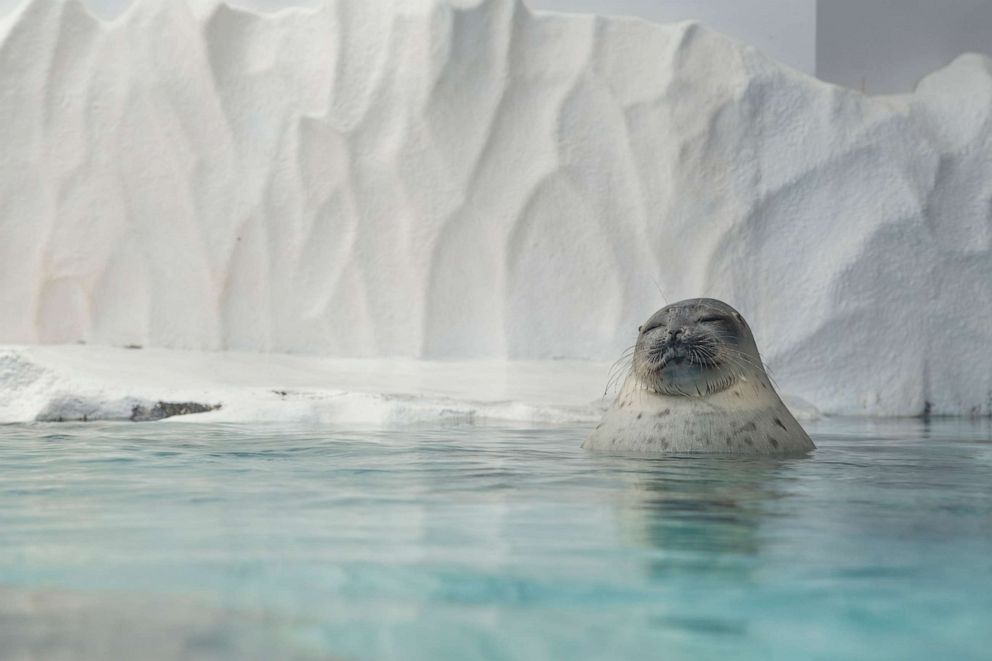
This is how climate change is affecting the health of the world's oceans:
Species are faced with adapting or becoming extinct
Currently, the oceans "are in a state of complete imbalance" that has nearly doubled since the 1990s, d'Auriol said. Look no further than the fishermen, who supply sustenance to more than 3 billion people who rely on seafood as their main source of protein, as witnesses that climate change is already here, d'Auriol, said.
"If you wanted to ask someone if climate change is really happening, probably the most surest answer you'd get from anyone aside from a scientist is a fisherman," Arlo Hemphill, senior oceans campaigner for Greenpeace USA, told ABC News. "Because fishermen are seeing these things happen in real time."
One of the changes long-time fisherman are witnessing is the presence of new species venturing north as the area with their preferred water temperature expands.
Marine organisms maintain the same temperature as the surrounding water, so when that when temperature increases, so does the temperature of the organism, Martin Grosell, professor of ichthyology and chair of the University of Miami's Department of Marine Biology and Ecology, told ABC News. As the temperature rises, the organisms require more energy to move and survive. But, conversely, the levels of oxygen in the water decrease as the temperature warms, forcing the species to move, Grosell said.

The migrations may seem innocuous, but they are disrupting ecosystems all over the world, such as the phenology, or timing, of when grey seals give birth, Hemphill said.
Conversely, species are continuing to die off due to repeated events of marine heatwaves, Anne Christianson, director of international climate policy for the Center for American Progress, a public policy research organization, told ABC News.
Coral reefs are among the most threatened marine ecosystems in the world, scientists say. Coral bleaching, a process that occurs when water is too warm and the algae the corals expel from their tissues, causing them to turn completely white, is happening at "alarming" rates -- increasing by a rate of 4% per year -- along with an uptick in mortality events along entire regions, d'Auriol said.
A study published in the National Academy of Sciences found that coral reefs could stop growing in 10 years unless greenhouse gases are significantly reduced and that, under a worst-case scenario, 94% of all reefs could erode by 2050.
Reefs are often the indicator of the health of an ecosystem, Brenda Ekwurzel, director of climate science for the Union of Concerned Scientists, told ABC News.
Mammals that rely on Arctic ice, such as polar bears and ringed seals, one of the polar bears' main food sources that live their lives almost entirely on the ice, are also at risk, Ekwurzel said.
Vegetation such as mangroves, seagrass plants and marshes, some of the largest carbon sinks on the planet, which absorb and store carbon dioxide from the atmosphere, are also at risk of extinction, d'Auriol said.
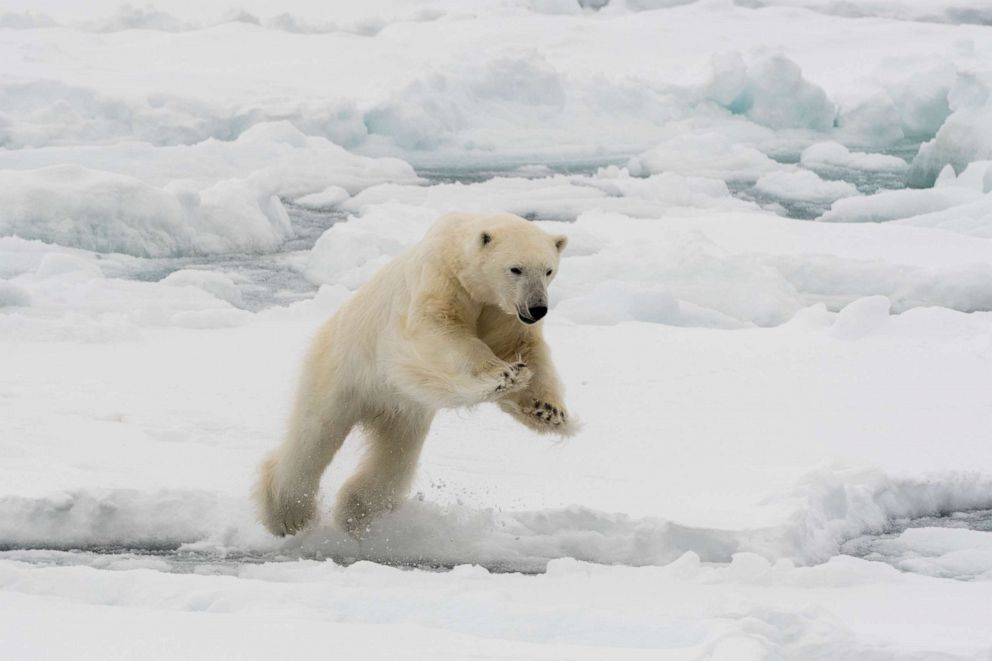
The number of dead zones are increasing
A dead zone, or the process of hypoxia, occurs when an algal bloom sucks up all the oxygen in an area, making it impossible for marine life to survive -- essentially a biological desert, according to the National Oceanic and Atmospheric Administration.
A study published in 2008 in Science found that there were 400 dead zones around the world. By 2019, the number of dead zones had increased to about 900, d'Auriol said.
The dead zones often occur in regions with rampant nutrient runoff, such as at the base of the Mississippi River, where it empties into the Gulf of Mexico, Hemphill said.
Sea level rise will change coastal communities
The biggest contributor to sea level rise is the melting ice in the Arctic, which is heating up twice as fast as the rest of the world, according to the 2021 Arctic Report Card by NOAA. Increases in sea level rise of 6 inches to a foot since the Industrial Revolution may seem like small increments, but crucial infrastructure near oceans was not built to withstand the added inches of water, experts say.
Millions of people living in coastlines around the world, including those in mega cities such as New York, Los Angeles and San Francisco, will be displaced by the rise in sea levels, d'Auriol said.
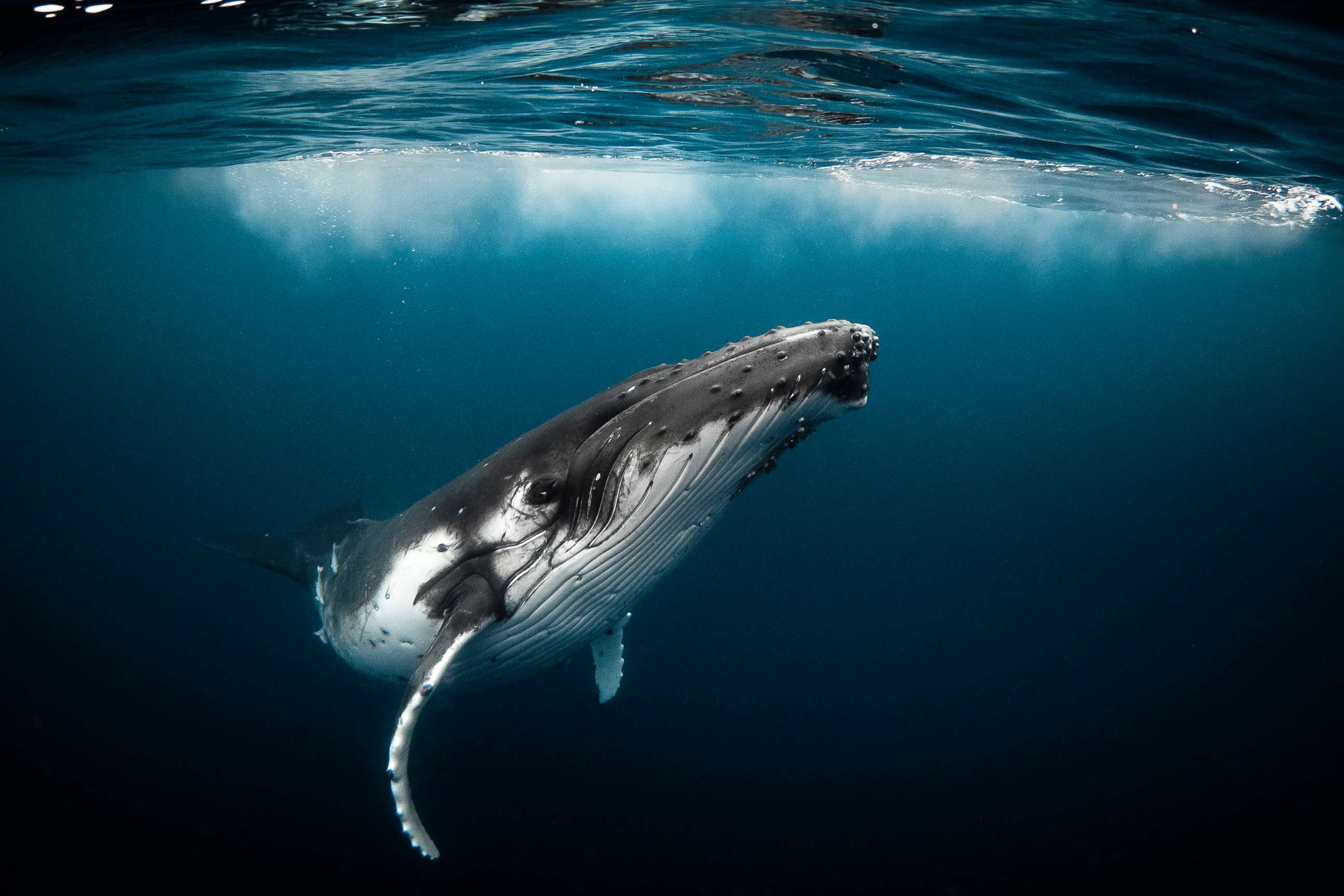
Carbon dioxide emissions sparks ocean acidification
Ocean acidification, which occurs when water's pH levels are lowered as a result of carbon dioxide in the atmosphere, is not directly caused by warming temperatures but rather by excess carbon dioxide emissions, Hemphill said.
"The alarming thing about it is that shellfish everything from from microscopic plankton, to clams and crabs and coral reefs themselves use calcium carbonate to build their shells," he said. "And as the ocean acidifies, it becomes more difficult to create the shells."
Ocean acidification, rather than coral bleaching, will likely be the culprit behind the demise of coral reefs, Ekwurzel said.
Collective actions are necessary to protect the oceans
In line with the 2022 theme for World Oceans Day, "Revitalization: Collective Action for the Ocean," scientists and conservationists are highlighting the need for individuals, communities, nonprofits, the private sector and governments to come together to create solutions, d'Auriol said.
This includes ensuring the health of marine protected areas by eliminating housing, fishing zones and shipping traffic in the vicinity, d'Auriol said.
Governments will need to create policies to protect both human life and the health of the ocean, Christianson said.
"There isn't one silver bullet for solving this crisis in the ocean and on land," Christianson said.
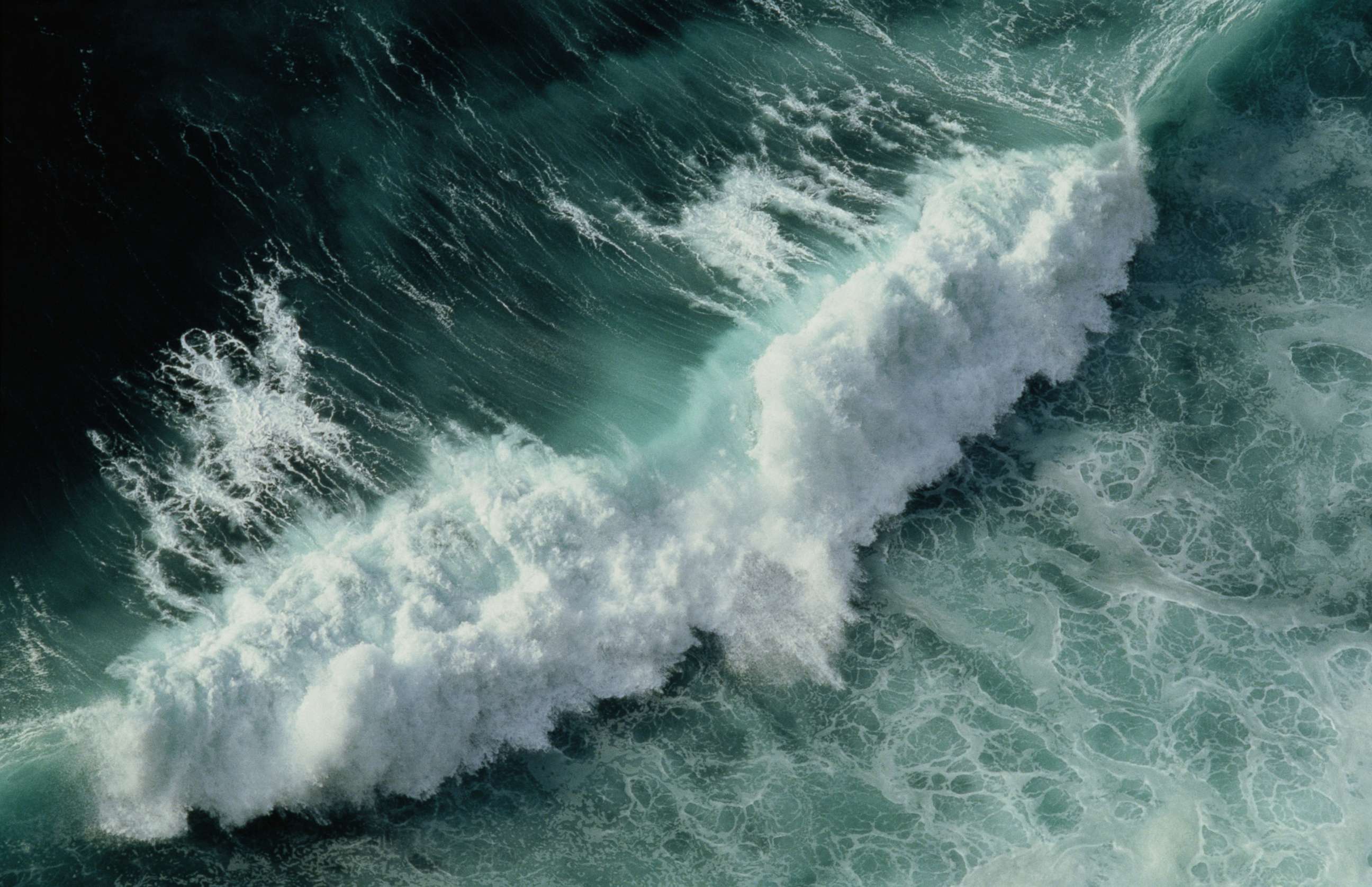
However, the ticking time bomb is the race to drastically reduce global greenhouse gas emissions within the next decade, the experts said.
"We can't afford to delay those solutions any longer," Ekwurzel said.
Along the path to properly protecting and preserving oceans is ridding the narrative that oceans are a separate environmental issue from climate change and the conservation of biodiversity, d'Auriol said.
"Because we do live on a water planet, and it's responsible for sustaining all life on Earth," she said.
